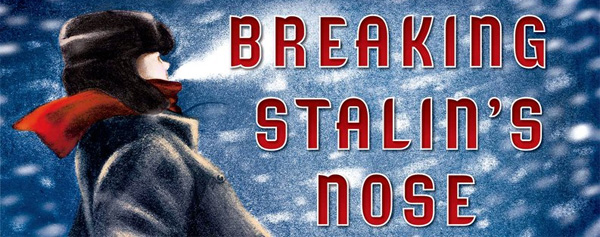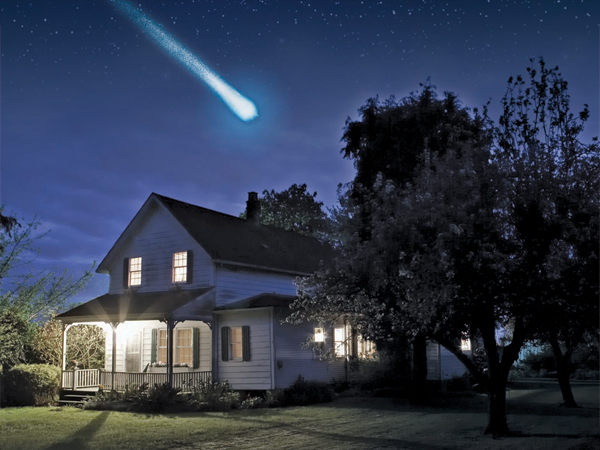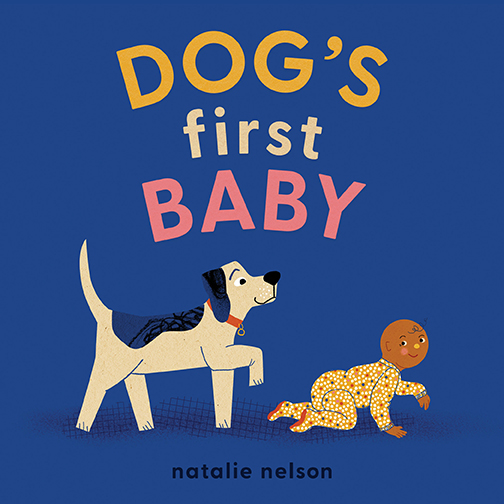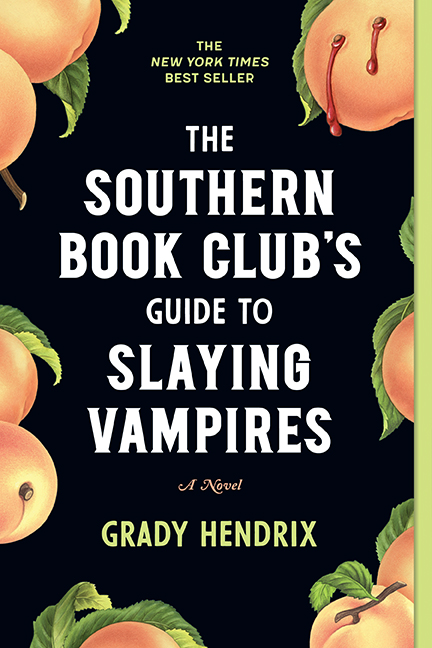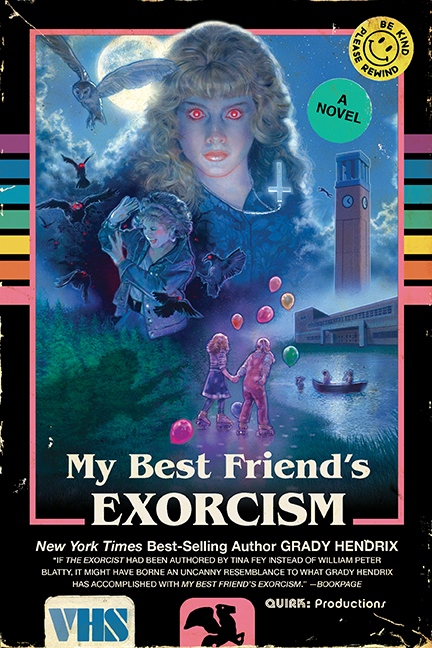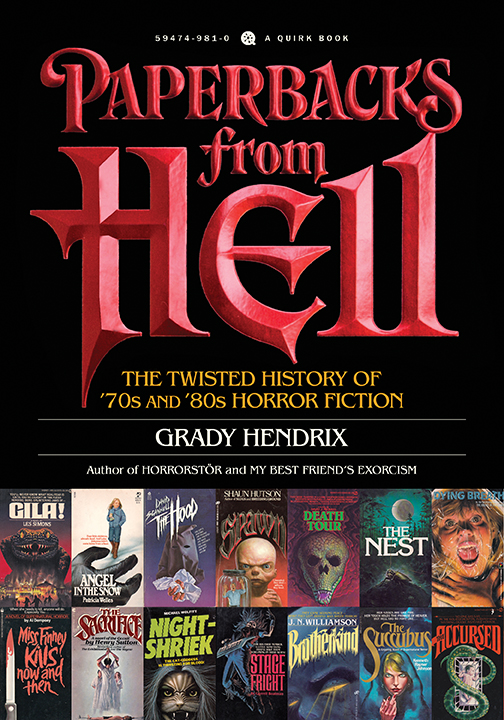Our Blog
Worst-Case Wednesday: How To Cross a Piranha-Infested River
Image via Tumblr
If you are going to certain parts of South America this year for your summer break, and are likely to be around freshwater rivers, this advice may come in handy if you find yourself in a situation where the only way to survive is to cross a river full of flesh eating fish.
Hopefully, you will spend your break having a good time, seeing some beautiful sights and relaxing by the pool, but just in case, The Worst Case Scenario Survival Handbook: Travel, can help you out. And read on to win a copy!
Posted by Jade Gilmartin
Worst-Case Wednesday: How To Cross a Piranha-Infested River
Image via Tumblr
If you are going to certain parts of South America this year for your summer break, and are likely to be around freshwater rivers, this advice may come in handy if you find yourself in a situation where the only way to survive is to cross a river full of flesh eating fish.
Hopefully, you will spend your break having a good time, seeing some beautiful sights and relaxing by the pool, but just in case, The Worst Case Scenario Survival Handbook: Travel, can help you out. And read on to win a copy!
Posted by Jade Gilmartin
When Fact Met Fiction: Middle Grade Books for Young History Buffs
One of the perks of working in a bookstore is that a new person will ask a new question everyday. Sure, there’s the standard, “Where’s the bathroom?” and “I’m looking for that blue book,” and “Where’s that book by Jane Eyre?”
But my favorite questions are along the lines of recommendations. Those are fun and wonderful – because booksellers love talking about books. Hearing you list your favorite books and genres helps us narrow down your interests, and exposes us to new material!
But with children, it can sometimes be difficult. They’re either extremely picky – “She only likes to read books about ballerinas” — or they read everything under the sun. They either have a narrow direction, or their habits are so sporadic even the parent doesn’t know which way to go.
I recently had someone ask for middle grade historical fiction. You’d think it’d be easy, but middle grade fiction is almost exclusively fantasy these days. It can sometimes be made more difficult for boys, because there are very few Dear America and American Girl types of books for them.
The next time you’re stuck in a rut for good historical fiction for younger readers, take a good hard look at this list. It just might point you in the right direction.
Posted by Laura Crockett
Bloggers, You’re In For A World Of Trouble
Bloggers! The final book in Ben H. Winters' amazing, Edgar award winning The Last Policeman trilogy, World of Trouble, will collide with bookstores everywhere this July. I can't wait to see how things wrap up for Detective Hank Palace, and I want to get you just as excited about it as I am.
We released the first book, The Last Policeman, in 2012, with the second book, Countdown City, following just last year. For those of you who haven't taken a trip into Ben's fantastic pre-apocalyptic world, I want to give you that chance before the final book hits. So if you'd like to get familiar with the series I'd be more than happy to send you the first two books to review on your book blog or BookTube channel.
Or if you're just curious how many asteroid puns I can make in a single email (spoiler: a lot), you can reach out to me at [email protected].
Posted by Eric Smith
Seven Geeky Chocolate-Covered Ways to Celebrate February
I live within a two-hour drive of Hershey, PA. This means I am inundated with ads for “Chocolate-Covered February.” So much so that one year, my husband and I drove to the Chocolate Spa only to learn its cocoa facials and buttercream manipedis are booked months in advance.
So if you’re looking to a get a chocolate fix this February and you can’t get in the door for a Whipped Cocoa Bath or Chocolate Sugar Scrub, might I suggest you indulge in one of the books, films, shows, or comics below.
Posted by Diana R. Wallach
Valentine’s DIY: Pom-Pom Flower Bouquet
So you still don’t have anything to give your sweetheart for Cupid’s birthday? No problem. You can make the perfect gift in no time. Just start flexing your fingers…
And get crafting!
Everyone loves receiving flowers, but the gesture can get lost in the resulting scurry for a vase (do you even own a vase?), filling it with water (tap or filter?), and then placing it in the perfect spot (just put it down already!). Or you could just make a bouquet out of fluffy, boingy pom-poms, like the one from Pom-Poms! 25 Awesomely Fluffy Projects.
Spray the poms with a little perfume so they smell as fragrant as your lover’s favorite bloom!
Posted by Suzanne Wallace
